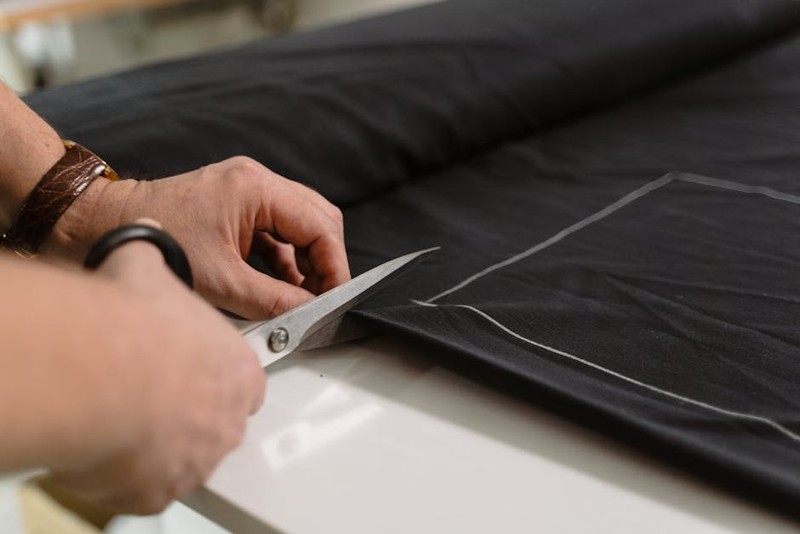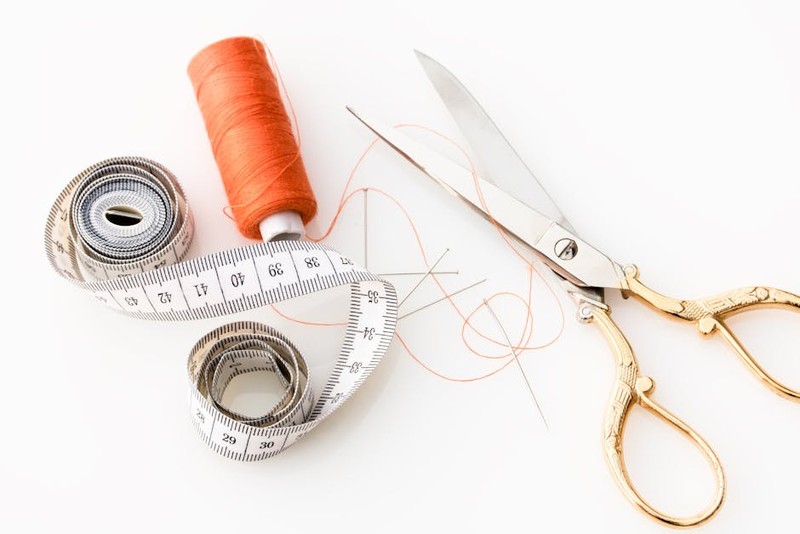The Hidden Challenge: Why Off-the-Shelf Grinding Fails for Critical Surfaces
In my 15 years specializing in CNC machining, I’ve seen countless projects derailed by a misconception: that high-tolerance grinding is simply about buying the best machine. The reality? Standard grinding processes often fall short when faced with exotic materials, complex geometries, or sub-micron tolerances. Here’s why:
– Material Variability: Aerospace alloys like Inconel 718 behave unpredictably under heat, causing residual stresses that distort finishes.
– Geometric Complexity: Thin-walled components or internal channels require custom wheel profiles and dynamic toolpath adjustments.
– Environmental Factors: Even ambient temperature swings (±2°C) can expand machine frames enough to throw tolerances off by microns.
A Case Study in Precision: The Turbine Blade Dilemma
A client needed 50 turbine blades with a surface roughness (Ra) ≤0.2µm and profile tolerances of ±0.5µm. Their existing process—a standard creep-feed grind—produced inconsistent results, with 30% of parts scrapped due to thermal distortion.
Our Solution:
1. Bespoke Wheel Design: Partnered with a abrasives manufacturer to create a hybrid CBN wheel with optimized grit size (180/200 mesh) and bond strength for Inconel.
2. Adaptive Coolant Strategy: Used high-pressure, cryogenic CO₂ coolant to suppress heat generation at the cutting zone, reducing thermal drift by 60%.
3. In-Process Metrology: Integrated laser profilometry for real-time feedback, adjusting feed rates dynamically.
Results:
| Metric | Before | After | Improvement |
|——–|——–|——-|————-|
| Surface Roughness (Ra) | 0.35µm | 0.18µm | 49% |
| Scrap Rate | 30% | 3% | 90% |
| Cycle Time | 22 min | 18 min | 18% |
Expert Strategies for Bespoke Grinding Success
1. Material-Specific Process Design
💡 Key Insight: No two materials grind alike. For example:
– Titanium: Low thermal conductivity demands intermittent grinding to avoid work hardening.
– Ceramics: Diamond wheels with resin bonds prevent brittle fracture.

Actionable Tip: Run DOE (Design of Experiments) trials with varying wheel speeds, feeds, and coolants to map the “sweet spot” for your material.

2. Dynamic Machine Calibration
High-tolerance grinding machines must be treated as living systems. In one project, we discovered a 0.8µm positional drift over 8 hours due to ball screw expansion. The fix?
– Thermal Compensation: Installed linear scales with closed-loop feedback, updating offsets every 15 minutes.
– Vibration Damping: Used granite machine bases and active vibration isolators to reduce chatter marks.
3. The Human Factor: Skill Meets Technology
Even the best-equipped shops fail without skilled operators. Train your team to:
– Interpret acoustic emissions (a change in grinding sound often signals wheel wear).
– Master manual dressing techniques for custom wheel profiles.
The Future: AI and Adaptive Grinding
Emerging tech is revolutionizing bespoke grinding. One client adopted AI-driven adaptive control, where the system:
– Predicts wheel wear using force/torque sensors.
– Auto-adjusts parameters to maintain Ra ≤0.1µm over 500 parts.
Result: 25% less downtime for wheel changes and a 12% boost in throughput.
Final Takeaways
🔧 For Practitioners:
– Invest in process development, not just hardware. A $500K machine won’t fix a flawed approach.
– Data is your ally. Track thermal growth, wheel wear, and surface finish trends religiously.
– Collaborate with abrasives suppliers. Their expertise in wheel design is often the game-changer.
Bespoke grinding isn’t just about removing material—it’s about orchestrating physics, engineering, and craftsmanship to create perfection. The difference between a good part and a flawless one? It’s in the microns.
